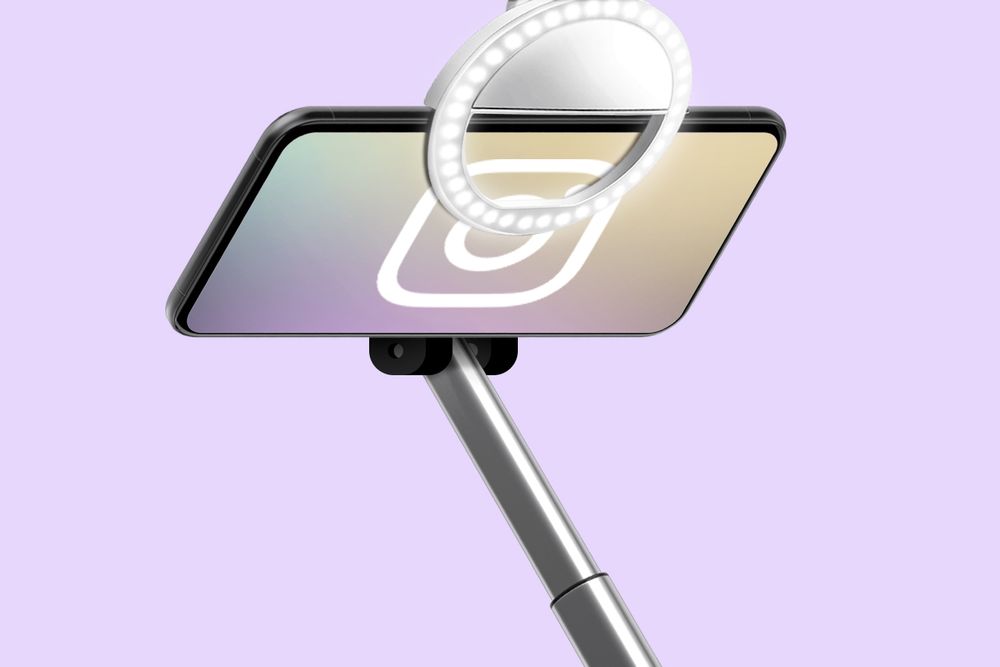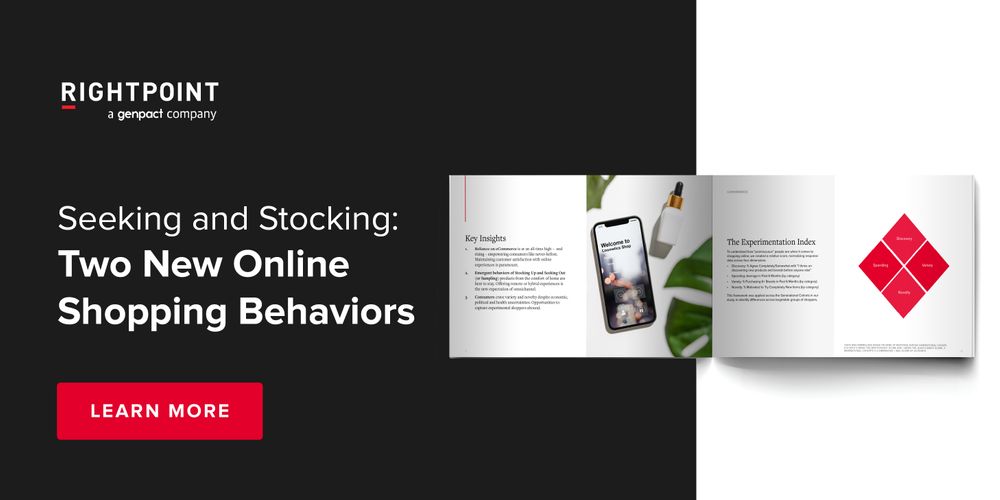|
Happy Monday. We've got earnings on earnings this week, from Starbucks to Shopify to McDonald's, and of course, Amazon. (How excited is Andy Jassy?)
In today’s edition:
- Made In pivots on its pivot
- Influencer marketing spend is on the rise
- DTC baby brand Lalo nabs funding
—Katishi Maake, Julia Gray
|
|
|
Made In
|
A lot of people invested in cooking supplies beyond air fryers during the pandemic, but now it’s time for restaurants to upgrade.
That’s where Made In comes in. The cookware brand leaned into its DTC business in 2020, but is now pivoting back to working with chefs who need efficient and durable supplies to handle increased demand.
- Hospitality is a “rapidly growing” segment for Made In, Jake Kalick, president and cofounder, told Retail Brew.
-
22,400+ restaurants reopened in Q2 and ~20,000 set up shop for the first time, per Yelp.
Too many cooks
Made In products can be found in more than 1,500 restaurants, including 20 Michelin-starred ones, which don’t necessarily need all the bells and whistles that appeal to everyday DTC customers. Made In is now gearing up to roll out new products that deliver on the essentials.
Paramount to Made In’s B2B business is maintaining close relationships with chefs to better understand what they need.
- For example, earlier this month Made In partnered with chef Tom Colicchio on a knife set used to cut, debone, skin, and fillet fish.
-
Colicchio, owner of Crafted Hospitality and a Made In investor, equips his restaurants with Made In products.
“Historically, in food service supply, you’re buying your tools through a third party...that’s a middleman for other kitchen brands,” Kalick said. “I don’t think they’re generally bringing the feedback to the brands they represent and getting new products made.”
Striking a balance
Make no mistake, Made In’s DTC business isn’t going anywhere. The company sold more than half a million pieces of kitchenware since last year, which translated to a more than 4.86x bump in sales.
- Made In partnered with Tecovas, an Austin-based boots company, on a summer grill set that will drop next month.
The big picture: Made In wants to strike a balance between the needs of its DTC customers and its restaurant partners. While those interests often align, sometimes they don’t.
“The challenge to working with chefs is that you're responsible for their business,” Kalick said. “They have deadlines in which they need to open. If they don't have enough pans for service that night, they're not going to be able to execute the number of meals they need or their chefs are going to be strained. We really are an extension of their business in that respect.”—KM
|
|
|
|
Influencers, creators, consultants, entrepreneurs...whatever you call them, they’ve got a hold on marketers’ and retailers’ wallets.
According to eMarketer’s inaugural forecast, influencer marketing spending in the US is predicted to grow 33.6% in 2021 and hit $3.69 billion. Next year, it should surpass $4 billion.
- Travel restrictions and budget strains = less money for influencer marketing in 2020, when the category grew just 14.4%.
“It's really driven by consumers spending more time and money online,” eMarketer senior forecasting analyst Eric Haggstrom told Retail Brew. “The friction between seeing a sponsored post by an influencer and buying that product over the past few years has basically moved to zero.”
And the likes: Haggstrom ranks Instagram as the leader in influencer marketing, followed by YouTube and Facebook. But keep your eyes on (what else?) TikTok: “It has a much smaller audience, but much faster growing,” he said.
“It's a younger category. They don't have as much income right now. But over the years...that spending power is going to increase. And it's going to lead to more influencer monetization.”
-
US social commerce sales will top $36.6 billion this year, up 35.8% YoY.
But, but, but: Not everyone is keeping up with the Kardashians. “Your reach through a lot of these influencers is small. And it’s a huge amount of work on the marketer side to...reach as many people as you need to,” Haggstrom noted.
-
Just 9% of American internet users have purchased products based on an influencer’s recommendation in the last six months, per an April CivicScience survey.—JG
|
|
|
|
56.7% percent of consumers shop on their phones. FIFTY SIX POINT SEVEN PERCENT. So if you wanna reach the majority of customers where they are, then you gotta hit ’em where they live: their phones.
Attentive has whipped up a guide detailing how six leading brands use SMS marketing to drive e-commerce revenue. And when we say leading brands, we mean it. We’re talkin’ big players like Supergoop! and Dolce Vita.
Whether you want to create new owned marketing channels, build brand awareness, or integrate SMS into your customer experience, Attentive’s guide is the first step to big rev.
Drive results for your e-commerce brand when you download this SMS marketing guide from Attentive.
|
|
|
Lalo
|
We all know consumers spent $$$ on their homes in 2020. Luckily for DTC baby brand Lalo, this also meant new parents splashed out on their young ones.
Baby bump: On the heels of a strong 2020, Lalo has closed a $5.6 million seed round that will be used to grow the startup’s team and product catalog, the company told Retail Brew.
- Lalo was founded in March 2019. By 2020, revenue was up 320% and new customers by 360%.
- 2021 is off to a faster start: Lalo said it surpassed its 2020 revenue by mid-June this year.
“Having launched truly prior to the pandemic and being digitally native, it really allowed us to step on the gas pedal during that time,” CEO and cofounder Greg Davidson told us.
- In March 2020, baby product sales were up 162% compared to March 2019, per a Stackline report.
The premium baby brand sells products like high chairs, strollers, and humidifier sets. Lalo permanently closed its NYC showroom, its only store, last year, but is trying new online strategies.
- For example, it helped break down the new child tax credits to reach customers.
Looking ahead: A new normal means parents facing new challenges that come with spending more time at home, cofounder Michael Wieder told us. Lalo wants to be at the forefront of that shift. The global premium baby care market was worth an estimated $5.6 billion in 2020 ($1.5 billion in the US) and is predicted to reach $7 billion by 2027.—KM
|
|
-
McDonald’s appointed a company veteran to lead its new customer experience team.
-
ThredUp is expanding to Europe after acquiring Remix Global.
-
Giorgio Armani’s sales jumped 34% in the first half of 2021.
-
Ulta Beauty is partnering with Supergreat on livestream shopping.
|
|
|
|
Retailers: You’ve got two kinds of customers. Seekers tend to spend more money across more brands and 75% say they “thrive on discovering new things.” On the flip side, Stockers are delighted by bulk purchasing. So how do you successfully engage each type? Find out in Rightpoint’s Commerce Research Report here.
|
|
|
Today’s top retail reads.
Mom knows best? Some consumers aren’t crazy about Tiffany’s latest “Not Your Mother’s” marketing campaign. PR experts’ opinions are mixed. (Marketing Brew)
Telling stories: Walmart is restrategizing its beauty business with an emphasis on “storytelling” and a diverse array of brands. (WWD)
Lunch money: School districts are changing cafeteria menus due to food shortages. (WSJ)
|
|
|
At the mall, it’s where band tees are the only tees. In Retail Brew, it’s where we invite readers to weigh in on a trending retail topic.
The Olympic Games kicked off in Tokyo on Friday, and apparel brands across the spectrum took the opportunity to drop Team USA-themed merch.
- Brands including Nike, Ralph Lauren, Skims, Old Navy, and The North Face all released new items in red, white, and blue.
-
Ralph Lauren, which has outfitted Team USA since 2008, caught flak on Twitter for the uniforms being too “preppy.”
Survey says: Do you believe brands will receive a major bump in sales from this year’s Olympic Games? Cast your vote here.
Last week...we asked how you feel about the use of facial recognition technology in stores. A large majority (69.3%) said it creeps you out, while 17.5% believe the benefits outweigh the risks. 13.1% are still deciding.
|
|
|
Catch up on the Retail Brew stories you may have missed.
|
|
|
Written by
Julia Gray and Katishi Maake
Illustrations & graphics by
Francis Scialabba
Was this email forwarded to you? Sign up here.
|
ADVERTISE // CAREERS // SHOP // FAQ
Update your email preferences or unsubscribe here.
View our privacy policy here.
Copyright © 2021 Morning Brew. All rights reserved.
22 W 19th St, 8th Floor, New York, NY 10011
|
|









